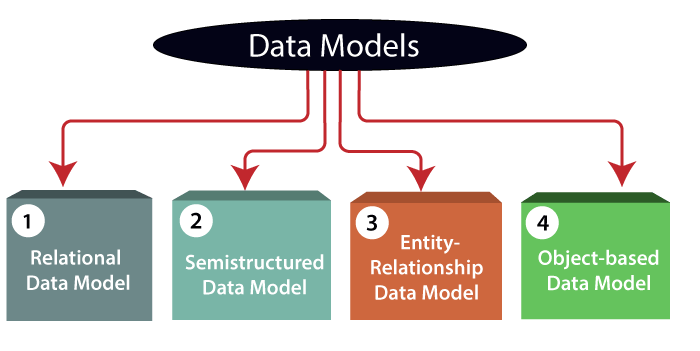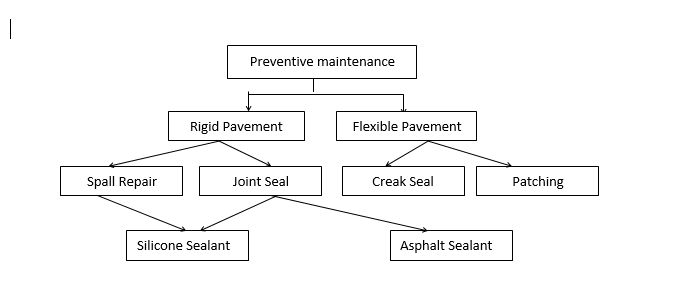Back to: DATA PROCESSING SS 2
Welcome to class!
In today’s class, we will be talking more about data models. Enjoy the class!
Data Models II

Types of data modelling
Flat model:
The flat Model (or Table) model consists of a single, two-dimensional array of data elements, where all members of a given column are assumed to be similar in values, and all member of a row are assumed to be related to one another.
Flat model
| Route No. | Miles | Activities | |
| RECORD 1 | 1 – 95 | 12 | Overlay |
| RECORD 2 | 1 -495 | 05 | Parching |
| RECORD 3 | SR – 301 | 33 | Crack Seal |
Hierarchical model:
In a hierarchical database, data is organized into an upside-down tree-like structure, implying a single upward link in each record to describe the nesting, and a sort field to keep the records in a particular order in each same-level list. Hierarchical structures were widely used in the early mainframe database management systems.

Network model:
This model organizes data using two fundamental constructs, called records and sets. Records contain fields, and sets define one-to-many relationships between records: one owner, many members.

Evaluation
- Differentiate between Hierarchical and Network Model.
- Explain Flat data model.
Relational model:
The relational model or relational database model is based on first-order predicate logic. Its core idea is to describe a database as a collection of predicates over a finite set of predicate variables, describing constraints on the possible values and combinations of values.
Object-relational model:
The object-relational model is similar to the relational database model, but objects, classes and inheritance are directly supported in database schemas and the query language. An object-relational database can be said to provide a middle ground between relational databases and object-oriented databases (OODBMS).
Star schema:
The star schema is the simplest style of data warehouse schema. The star schema consists of a few “fact table” (possibly only one, justifying the name) referencing any number of dimension tables”. The star schema is considered an important special case of the snowflake schema.
General evaluation
- List and explain the types of a data model.
- With the aid of a chart, using the school setting as a case study, explain Network model.
Reading assignment
Data Processing for Senior Secondary Education by HiiT Plc. Chapter One pages 56
Weekend assignment
- List and explain four types of database model
- Define the following; Data, Field, record, File.
In our next class, we will be talking about Data Modelling. We hope you enjoyed the class.
Should you have any further question, feel free to ask in the comment section below and trust us to respond as soon as possible.

Wow that was really helpful . I hope to visit this websites frequently.
Common Past questions for data processing